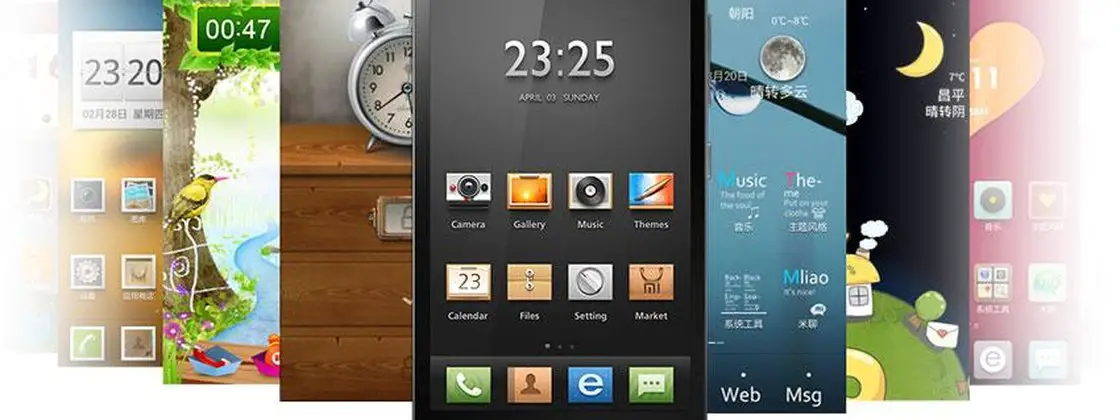Xiaomi has a strategy of selling state-of-the-art smartphones at an attractive price, with low profit margins, and betting on advanced and futuristic technologies. Despite the fact that the manufacturer was only founded in China in 2010, it quickly became very popular in the world and in Brazil, becoming one of the largest global brands of smartphones.
In addition to iPhones and Samsung phones, Xiaomi’s Redmi Note 9, Redmi Note 8 and Poco X3 NFC stand out among the 10 best-selling mobile phones in Brazil in 2021, according to Zoom data. In addition, the Chinese company offers tablets, notebooks, wearables, smart TVs, streaming devices and smart home devices. at.
Do you want to know more about Xiaomi’s history? View 5 curiosities.
1. What does Xiaomi mean?
Like many Chinese companies, the name of the electronics company is strongly linked to Chinese culture. in Mandarin, “xiaomi” means “little rice”. The term refers to a Buddhist saying that “a single grain of rice can be as incredible as a mountain”.
To this day, the grain is an important part of the Asian giant’s food base. During the Second Sino-Japanese War (1937-1945), leader Mao Tse Tung claimed that the Chinese “xiaomi and guns” on the battlefield, demonstrating the power grain has in Chinese culture.
2. What is Xiaomi’s first product?
Xiaomi’s first official product wasn’t a smartphone and it wasn’t even hardware. In April 2010, the Chinese company released the MIUI skin for Android, which gained traction as an alternative to other custom ROMs of the time.
Without their own phone to demonstrate the software, early versions of MIUI were designed for devices such as Google Nexus One, Nexus S, HTC Desire, Motorola Droid/Milestone, and HTC HD2.
The first hardware, the Xiaomi Mi 1, was released only in 2011. The device was the first Chinese smartphone with a dual-core chip. With a good setup and a cheap price, the success was immediate and more than 300,000 pre-orders were placed in less than 2 days.
3. Round trip to Brazil
Xiaomi’s first attempt to enter the Brazilian market was unsuccessful. In 2015, Brazil became the first country outside of Asia to receive products from the Chinese company. But the adventure only lasted a year. In 2016, after the withdrawal of tax breaks and tax changes, the Chinese company decided to suspend production in Brazil.
In 2019, the Chinese company returned to Brazil, this time in partnership with DL Electronics. Xiaomi has continued to offer a range of smartphones, including the latest worldwide releases, and IoT devices. Adoption was better, especially as partner retailers were already importing the equipment, ensuring high brand coverage in the country.
4. Smartphone market leader in 2024
During the celebration of Xiaomi’s For ten years, the CEO and founder, Lei Jun, recalled the plans laid out in 2014 to make the company a global leader by 2024. In June 2021, the company became the largest mobile phone manufacturer in the world. The position was quickly taken back by Samsung, but the Chinese company’s executives plan to continue fighting for the top.
Last year, the manufacturer won first place in Europe and in 20 other world markets. According to a study by StatCounter, in 2021 the brand was the fastest growing in the Brazilian mobile phone market, but still lagged behind Samsung, Motorola and Apple.
5. Xiaomi car
Xiaomi established a new division focused on electric cars at the end of 2021, with 300 employees and a seed capital of 10 billion yuan. The company was led by the company’s CEO, Lei Jun.
The electric mobility division bought Deepmotion, a startup specializing in artificial intelligence (AI) for autonomous driving, for $70 million and plans to invest $10 billion in the sector. However, the first electric cars are not expected to enter production until 2024.
